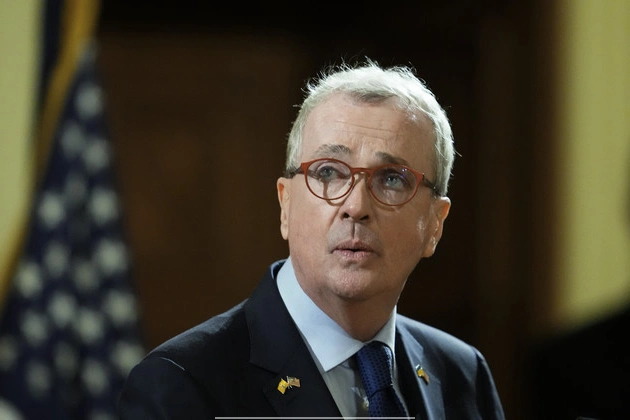
Education Department employees found themselves in a state of confusion and shock as agency leaders convened a staff meeting to reiterate President Donald Trump’s bold plan to encourage federal workers to resign voluntarily.
The Unfolding Situation
The meeting, held just a day before the February 6 deadline for civil servants to accept the administration’s early resignation offer, took place against the backdrop of an impending executive order aimed at dismantling the Education Department. Top officials hinted at further workforce reductions within the department, setting the stage for uncertainty among employees.
Clarifying Doubts
During the internal meeting led by some of the agency’s political staffers and human resources leadership, one employee voiced a common concern, asking, ‘Where is this information documented?’ This query underscored the need for clarity and transparency in the communication of such significant decisions.
Employees residing outside Washington, D.C., were informed that the agency was in the process of cataloging government-owned or leased properties that could support workers amidst the Trump administration’s push for office reintegration. This information, shared with POLITICO by anonymous sources, shed light on the practical implications of the administration’s initiatives.
Insights from Agency Officials
Rachel Oglesby, the department’s chief of staff, sought to reassure staff members about the government’s deferred resignation program, stating, ‘It’s exactly what it looks like.’ Despite this assertion, employees remained apprehensive about the potential impact on their retirement plans and job security.
Another employee raised a pertinent question regarding the fate of agreements if the Education Department ceases to exist as an entity, reflecting broader concerns about the future under the current administration.
Key Points from the Meeting
While the meeting did not involve coercive tactics to prompt employees to accept the administration’s offer, Jacqueline Clay, the department’s human resources chief, emphasized the program’s one-time nature. She underscored the imminent restructuring efforts within the department, hinting at possible downsizing and organizational changes.
Clay’s remarks hinted at the broader context of administrative reforms and potential workforce reshaping, signaling a period of uncertainty and adjustment for Education Department employees.
Anticipated Changes and Employee Concerns
The specter of an executive order targeting the Education Department loomed large, fueling anxieties among federal employees. The uncertainty surrounding agency closures and workforce reductions added to the prevailing sense of unease.
Employees grappled with the implications of the deferred resignation offer in light of the administration’s commitment to departmental dismantling. Legal nuances and potential repercussions were discussed, highlighting the complex interplay of policy decisions and employee rights.
Future Outlook and Employee Sentiments
As the administration signaled its intent to overhaul the Education Department, employees braced for potential disruptions akin to those witnessed at other federal agencies. The lack of clear communication and transparency from management exacerbated concerns among staff members.
The need for clarity on legal aspects and implications of the resignation program underscored the need for robust safeguards and employee protections in times of organizational flux.
Continued Uncertainty and Employee Advocacy
The evolving situation at the Education Department mirrored broader trends within the federal government, raising questions about the long-term impact on workforce dynamics and institutional stability. Employee advocacy groups, such as the American Federation of Government Employees, played a crucial role in scrutinizing administrative decisions and safeguarding employee rights.
As the Education Department navigates through a period of transformation and uncertainty, the resilience and solidarity of its workforce remain pivotal in shaping the future trajectory of the agency.















